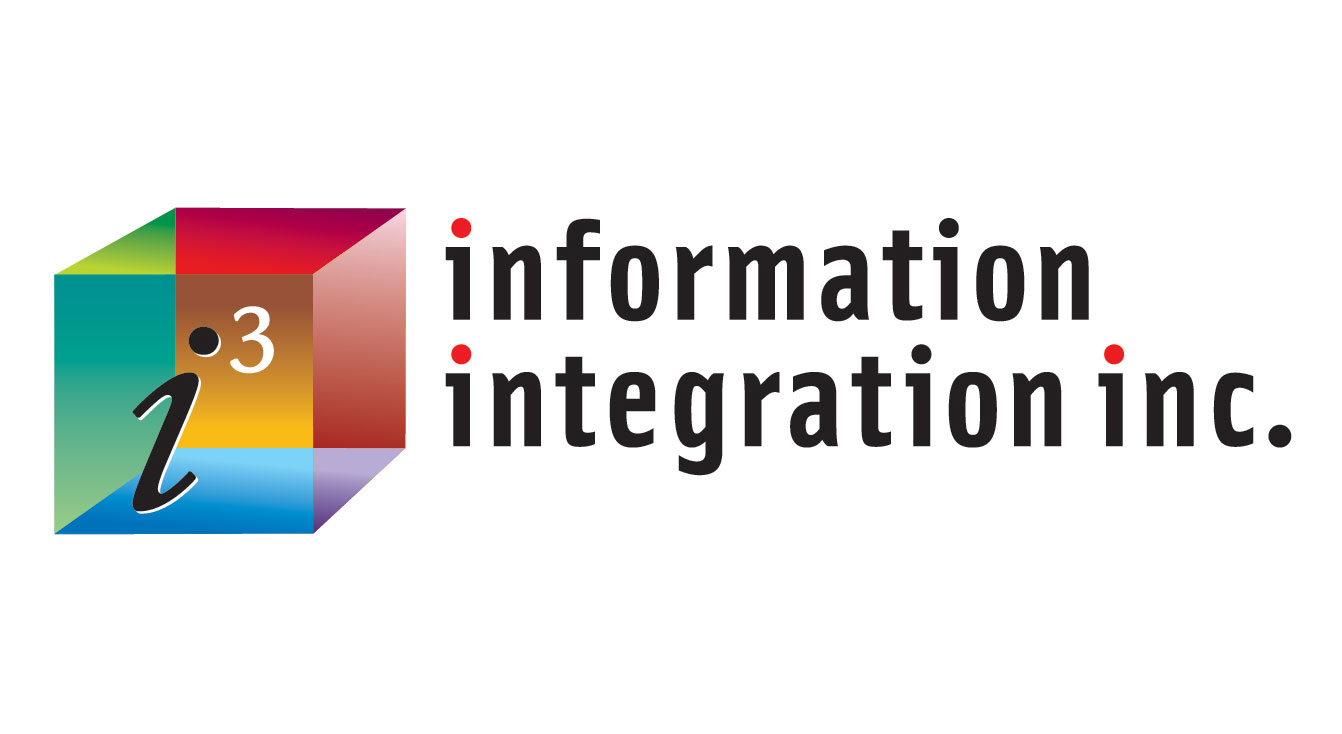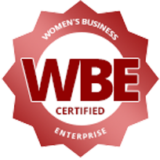In our blog entitled The Pros and Cons of Remote Work, we discussed some of the pros and cons of the work-from-home model from both the employer and employee perspectives. In this blog we will take a closer look at the hybrid model, which has growing appeal for both employees and employers.
Remote Work is Great, but…
While remote work proved to be very effective this past year and may still trump being at the office for some, there are distinct disadvantages:
- For younger workers starting their careers, face-to-face interactions are key to building relationships and providing opportunities for interacting with superiors.
- Working in an office environment can be energizing and conducive for learning how to conduct oneself in a professional setting.
- There are often fewer distractions in a dedicated workspace than in the frequently shared living spaces at home.
- Informal interactions with peers and mentors can be invaluable particularly when trying to get noticed and make an impression.
- Face-to-face meetings can be more productive than zoom meetings in which participants are competing for airtime and talking over one other.
- While online collaborations tools are great, the sense of camaraderie and communication often gets lost.
Depending on specific jobs and industries, working remotely can be extremely challenging, particularly with jobs that rely on building teams.
Introducing the Hybrid Workplace
What is Hybrid?
The term has been bandied about lately but what exactly does it mean? For most companies, hybrid means allowing workers to work in a variety of locations, typically either from the office or from home. Employees may have input into how they want to divide up their time, based on their responsibilities or their personal preferences, while some companies may mandate that employees adhere to a company policy with specific in office days.
Can a Hybrid Workplace Bridge the Gap?
Many workers enjoy the flexibility and convenience of working remotely, however have recognized that it doesn’t fully replace in person work. For many employees, one or two remote days may ease things by promoting work life balance and containing commuting costs without sacrificing all the benefits of an office environment.
While allowing workers to decide which days they wish to work onsite provides personal flexibility (and in some cases may retain them), it may also lead to chaos and competition for space. For this reason, companies need to plan out a strategy and adapt processes that support both the company’s goals and its employees’ personal preferences.
“When everyone is remote, maintaining relevancy is the same challenge for each individual,” says Marketing Technology executive, David Schlesinger, who works at a major hotel brand. “It’s critical to have regular 1 on 1’s with your boss and your direct reports. Team meetings are equally important and collaborative tools that support meetings, chat and coordination are key. When your team is back in the office and you are the only one remote, maintaining relevance is an even bigger challenge. Coming in for in-person meetings at least occasionally helps. And make sure you’re signing up to deliver significant projects that will get you noticed.”
Considerations
In order to ensure a smooth transition to a hybrid model, companies need to consider their own culture and carefully evaluate and plan for the following:
Communication and Collaboration: How do your employees best communicate? What is your company’s preferred style of communication? What is your company culture? After answering these questions, you’ll need to evaluate and select a corporate communications platform that fits the needs of your employees. You will want to make sure that the platform you do select allows for an easy and inclusive way for all employees, especially those working remotely, to participate with ease and have an equal voice as employees working onsite.
Technology: After determining your communications platform, you’ll need to decide which tools and technology will best support your workforce. There are myriad tools, including collaboration tools, online meeting tools (e.g. Zoom, Skype), online learning tools, so do your homework and pick the ones that will support your teams as they grow.
Security: With employees working from different locations, you will need secure data storage, file sharing, servers, etc. Read our blog on Cybersecurity Risks with a Remote Workforce and take necessary precautions to secure the many new insecure network endpoints resulting from remote devices.
Physical Office Space: Office space is typically one of the biggest expenses for corporations. Reassess how a hybrid strategy will impact your office space needs. This will depend significantly on the type of work being performed and if it can be performed remotely. Your company may decide to downsize, consolidate or decentralize their headquarters while maintaining several smaller offices in multiple locations. Be sure to research public health considerations and factor in appropriate workspace distancing for your office layout.
A New Reality
A carefully thought-out transition plan and implementation of a hybrid workplace offers an ideal mix of remote and office experiences. While there are some textural elements that may be lost, it can bridge the gap for a large cross section of populations and offer much desired flexibility.





